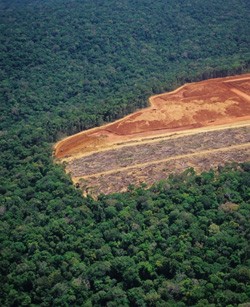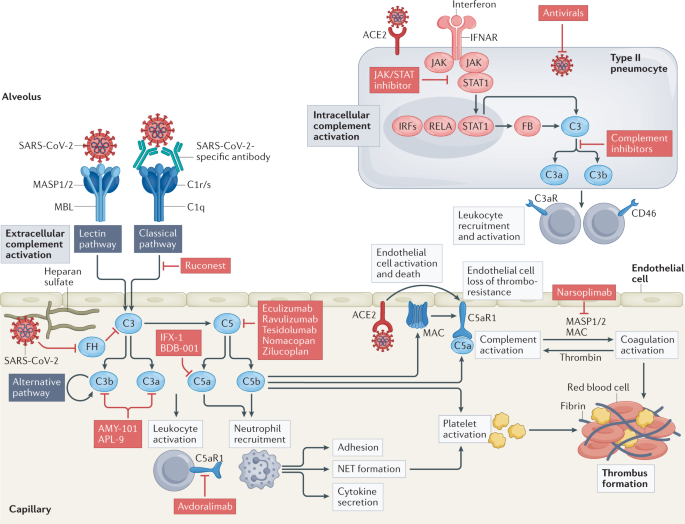
- Select a language for the TTS:
- UK English Female
- UK English Male
- US English Female
- US English Male
- Australian Female
- Australian Male
- Language selected: (auto detect) - EN
Play all audios:
Access through your institution Buy or subscribe _Glob. Biogeochem. Cycles_ doi:10.1029/2007GB003176 (in the press) Now Elena Shevliakova of Princeton University, New Jersey, and colleagues
provide the first global estimate of how much of the CO2 emitted from land has been offset by regrowth, using a model of CO2 sources and sinks in terrestrial ecosystems. To cover a range of
possible land-use changes that may have taken place, they used four different scenarios. They found that even extensive human interference caused the net loss of only 1.1–1.3 billion tonnes
of carbon per year in the 1990s — about half previous estimates. One factor that may explain this, they say, is the 0.35–0.6 billion tonnes of carbon absorbed annually by plants growing back
after disturbance, mostly in tropical forests. This is a preview of subscription content, access via your institution ACCESS OPTIONS Access through your institution Subscribe to this
journal Receive 12 print issues and online access $209.00 per year only $17.42 per issue Learn more Buy this article * Purchase on SpringerLink * Instant access to full article PDF Buy now
Prices may be subject to local taxes which are calculated during checkout ADDITIONAL ACCESS OPTIONS: * Log in * Learn about institutional subscriptions * Read our FAQs * Contact customer
support Authors * Anna Armstrong View author publications You can also search for this author inPubMed Google Scholar RIGHTS AND PERMISSIONS Reprints and permissions ABOUT THIS ARTICLE CITE
THIS ARTICLE Armstrong, A. Clear-cut carbon. _Nature Clim Change_ 1, 54 (2009). https://doi.org/10.1038/climate.2009.35 Download citation * Published: 16 April 2009 * Issue Date: May 2009 *
DOI: https://doi.org/10.1038/climate.2009.35 SHARE THIS ARTICLE Anyone you share the following link with will be able to read this content: Get shareable link Sorry, a shareable link is not
currently available for this article. Copy to clipboard Provided by the Springer Nature SharedIt content-sharing initiative








